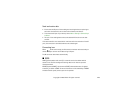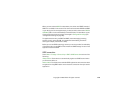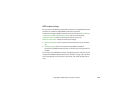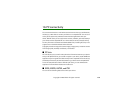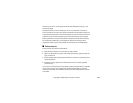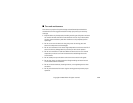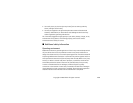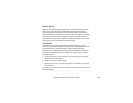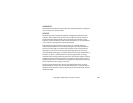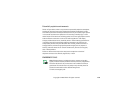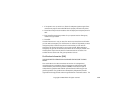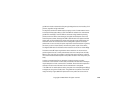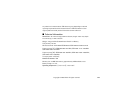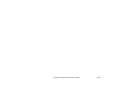140Copyright © 2005 Nokia. All rights reserved.
guidelines include a substantial safety margin designed to assure the safety of all
persons, regardless of age and health.
The exposure standard for mobile devices employs a unit of measurement known
as the Specific Absorption Rate, or SAR. The SAR limit stated in the international
guidelines is 2.0 W/kg*. Tests for SAR are conducted using standard operating
positions with the device transmitting at its highest certified power level in all
tested frequency bands. Although the SAR is determined at the highest certified
power level, the actual SAR of the device while operating can be well below the
maximum value. This is because the device is designed to operate at multiple
power levels so as to use only the power required to reach the network. In general,
the closer you are to a base station, the lower the power output of the device.
The highest SAR value for this device when tested for use at the ear is 0.67 W/kg.
This device meets RF exposure guidelines when used either in the normal use
position against the ear or when positioned at least 2.2 cm away from the body.
When a carry case, belt clip or holder is used for body-worn operation, it should
not contain metal and should position the product at least 2.2 cm away from your
body.
In order to transmit data files or messages, this device requires a quality
connection to the network. In some cases, transmission of data files or messages
may be delayed until such a connection is available. Ensure the above separation
distance instructions are followed until the transmission is completed.
* The SAR limit for mobile devices used by the public is 2.0 watts/kilogram (W/kg)
averaged over ten grams of body tissue. The guidelines incorporate a substantial
margin of safety to give additional protection for the public and to account for



